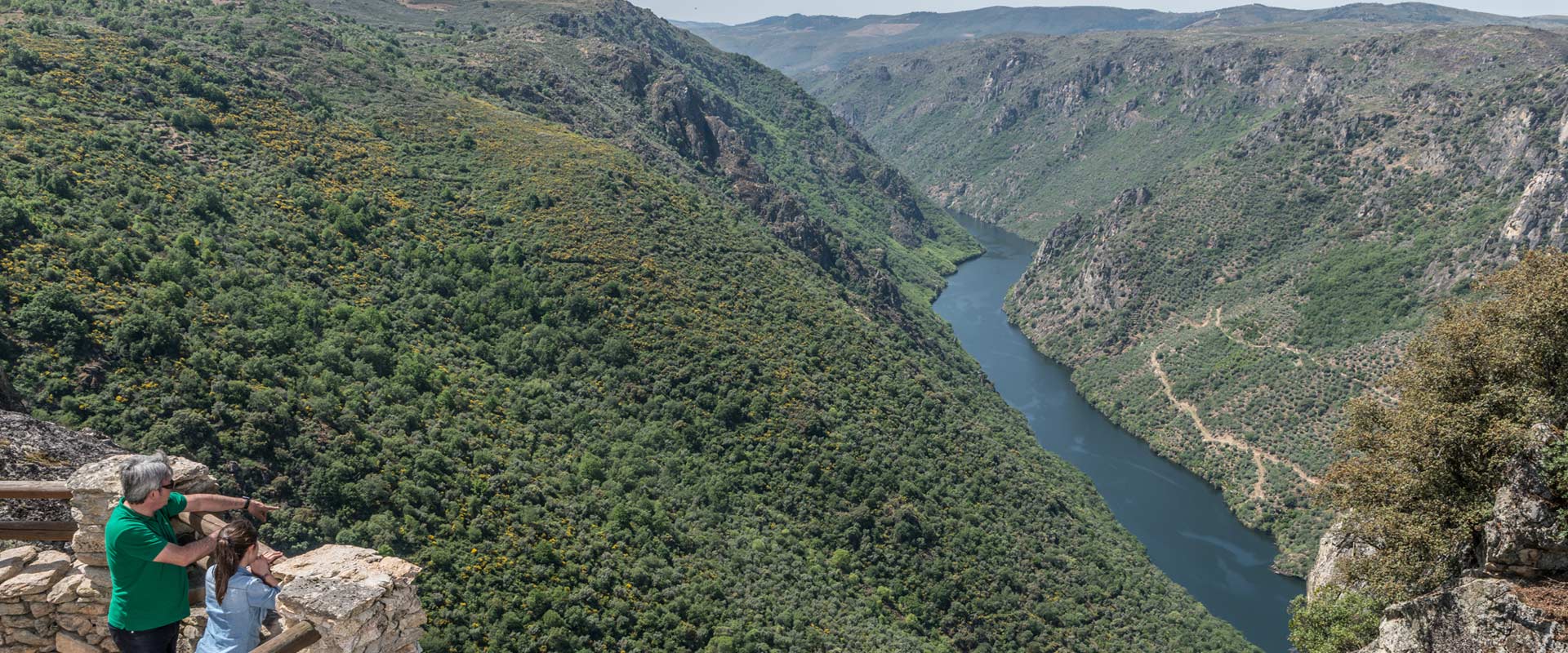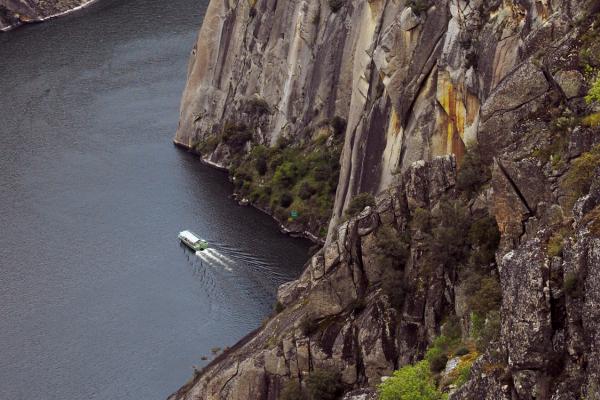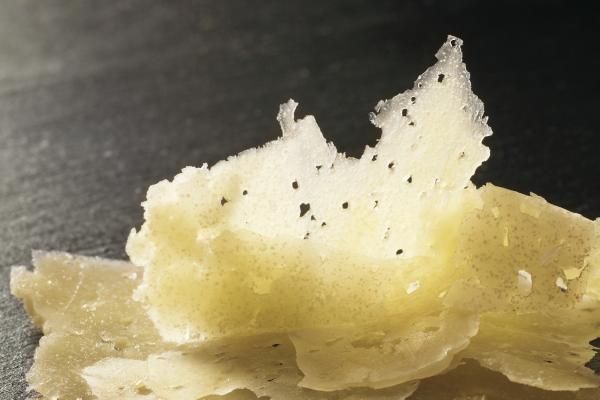Las Arribes
From the town of Ledesma, towards the north-west, the plain is interrupted by one of the most amazing landscapes in Spain. This is the Natural Park of Las Arribes del Duero.
It is a natural location in the north-west of the province of Salamanca and the south-east of the province of Zamora. It protects the geomorphology of the rivers Agueda, Duero, Esla, Huebra, Tormes and Uces owing to the fact that there is a lower altitude area and another higher altitude one, being Las Arribes the steepest slopes situated on both sides of these rivers.
The river Duero and its tributaries have carved a net of canyons which are more than 100 kilometres long. The dams of Almendra, Aldeadavila and Saucelle have been built on these canyons.
In this area the vertigo is guaranteed. Rocks and cliffs fall from high above into the river. There are plenty of viewpoints hanging from these “fresh water cliffs” from where you can look at the depths or feel like a vulture or an eagle for a moment.
We can also point out some waterfalls, such as Cachon de Camaces or El Pozo de los Humos. This last one is the most famous waterfall in the west of the province, and it is located between the villages of Pereña de la Ribera and Masueco. You can get amazing views of the place from any of those villages.
Las Arribes were settled in the ancient times; as a proof of this, a group of Veton fortified settlements can be seen in Yecla de Yeltes, Las Merchanas –in Lumbrales- and Saldeana. The rich heritage can also be seen in the historical site of San Felices de los Gallegos or the Tower of Sobradillo.
Any of the villages which are part of the Natural Park of Las Arribes are well worth visiting.: Ahigal de los Aceiteros, Ledesma, Mieza, Pereña de la Ribera, San Felices de los Gallegos, Sobradillo, Villarino de los Aires, Yecla de Yeltes, Aldeadavila de la Ribera, Ciperez, Hinojosa de Duero, Trabanca, Vilvestre, La Fregeneda, Masueco, etc.)
Not to be missed
Canyons and dams
In the north-west corner, the river Duero and its tributaries have carved an amazing chain of canyons, over which some spectacular dams and hydroelectric dams have been built.
Our Villages
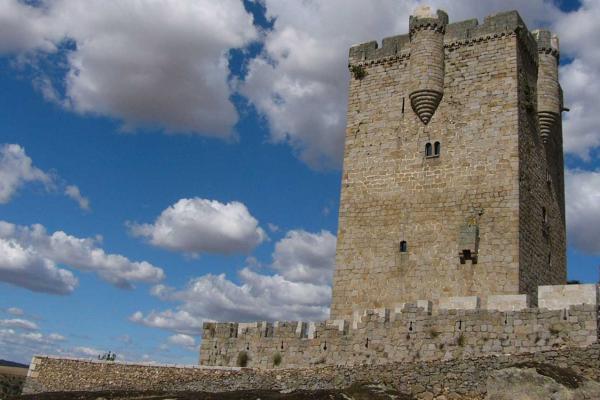
San Felices de los Gallegos
San Felices de los Gallegos, declared historical site, is a village in Las Arribes area which is worth visiting.
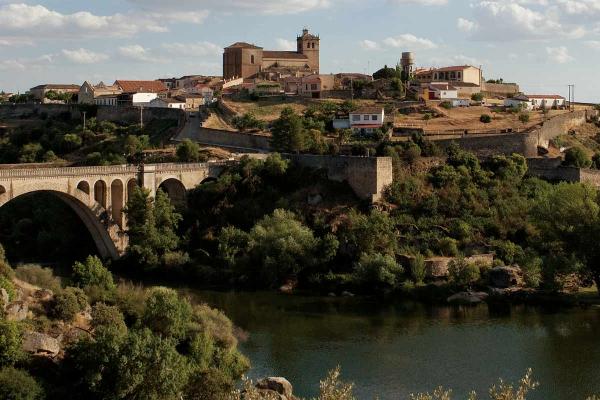
Ledesma
Ledesma, the old Bletisa, lies down over a hill carved out by the river Tormes. It has been declared Historical Site. It is located in the middle-north end of the province of Salamanca.
Gastronomy
Gastronomy in Ledesma
The Rosquillas from Ledesma are the most important product of the gastronomy in this area, and their reputation has moved beyond the limits of the province.
They are home-made with eggs, lard, flour and sugar, and they are very small (a diameter of approximately two centimeters).
Gastronomy in Las Arribes
You can never leave Las Arribes if you have not tried its sheep cheese, which has a Certification Mark, and the very well-known wine with designation of origin.
